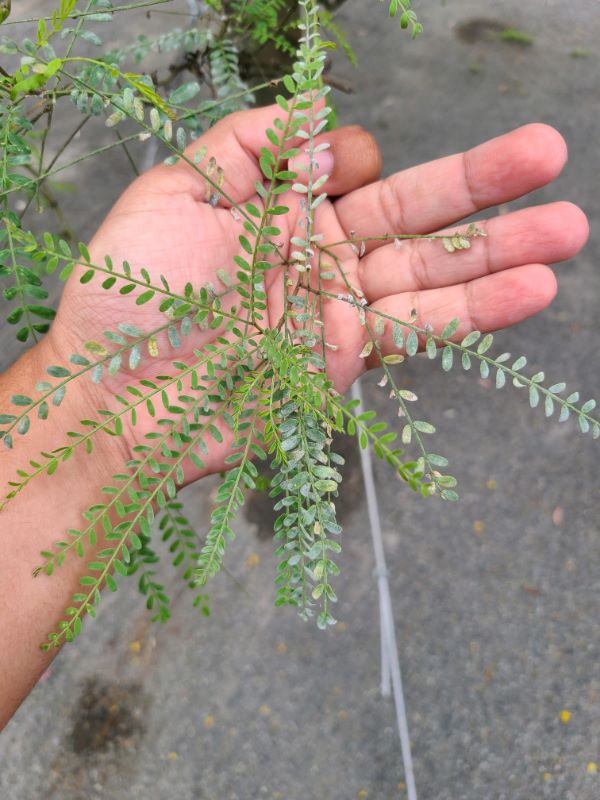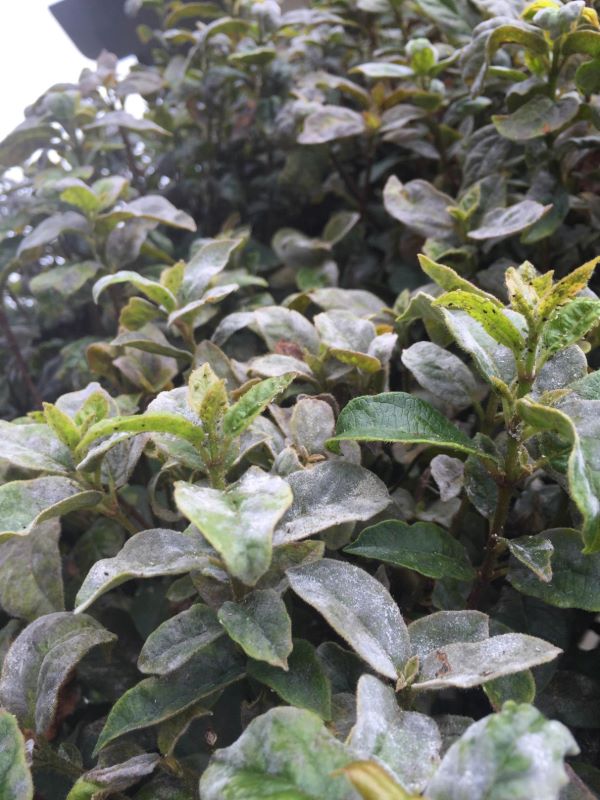
Mildew is a very common disease affecting many plants and trees in Southern California. Mildew / foliage diseases are mainly the result of weather / environmental conditions. This disease can grow on new succulent plant tissue and flowers. Mildew will slow, distort growth, and cause premature leaf drop or flower death. It is recognizable by the white powdery mycelial and spore growth that forms. Mildew can be found on leaves, shoots, flowers and fruit. This disease requires living plant tissue to grow but can infect new or old foliage.
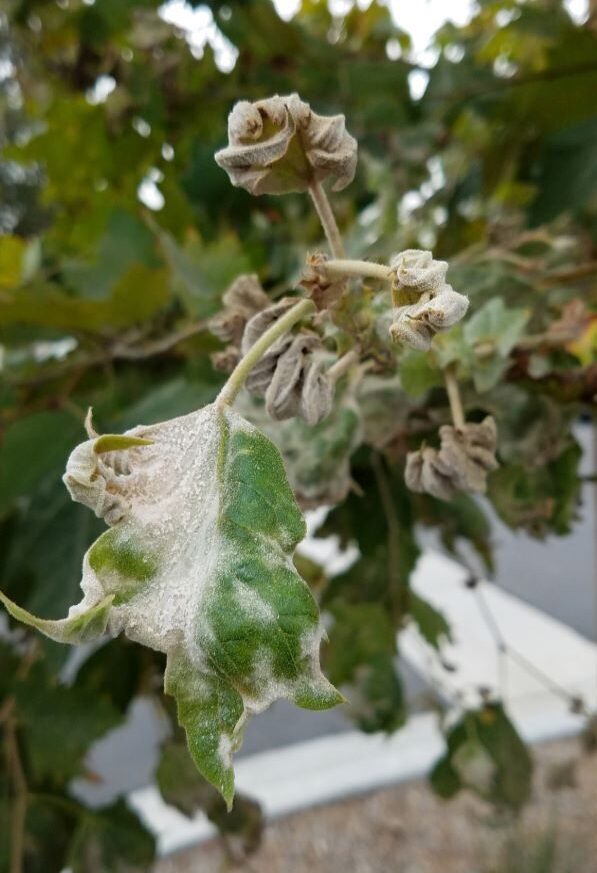
These are a few of the commonly Mildew affected trees/plants:
Weather and temperature/humidity requirements have an impact on development of Mildew fungi. All mildew species can produce and infect various plants/trees in the absence of free water. Wind can carry mildew spores from infected hosts to new hosts. Humidity and moderate temperatures of 60° to 80°F with shade are the most favorable conditions for mildew development. High leaf temperatures along with extreme heat or sunlight and extended periods of water on plant surfaces can kill the spores of mildew fungi.
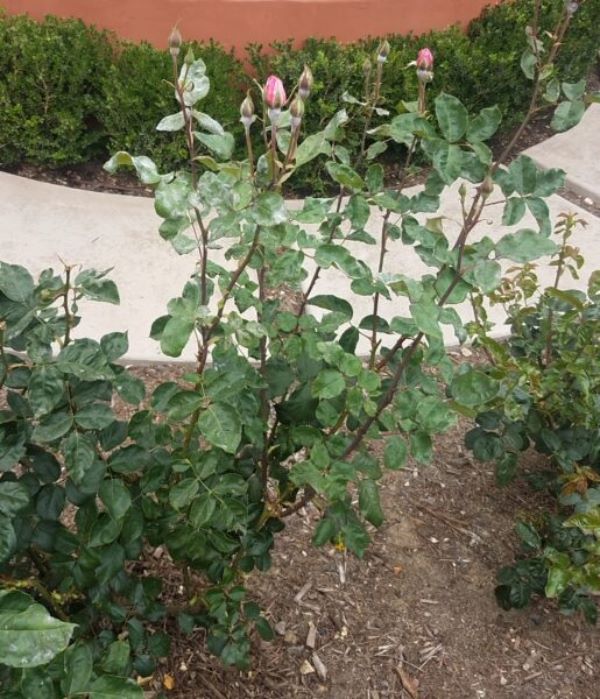
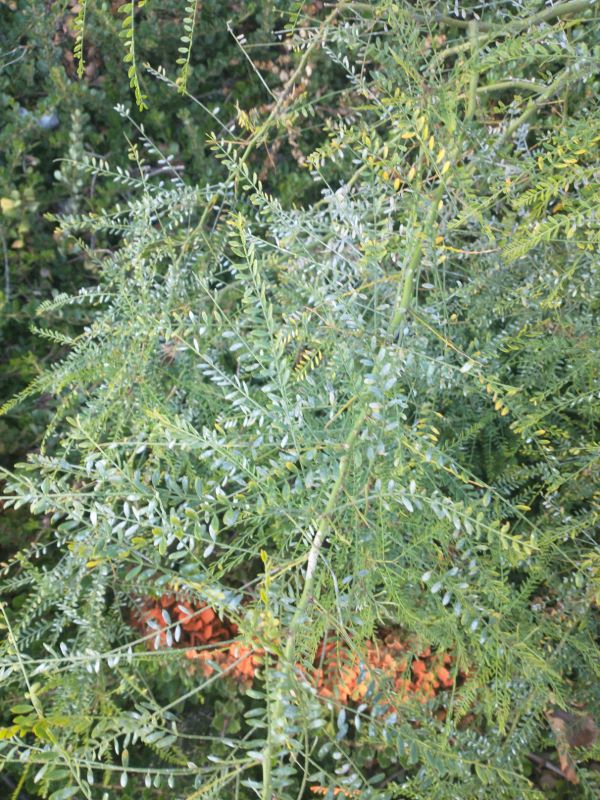
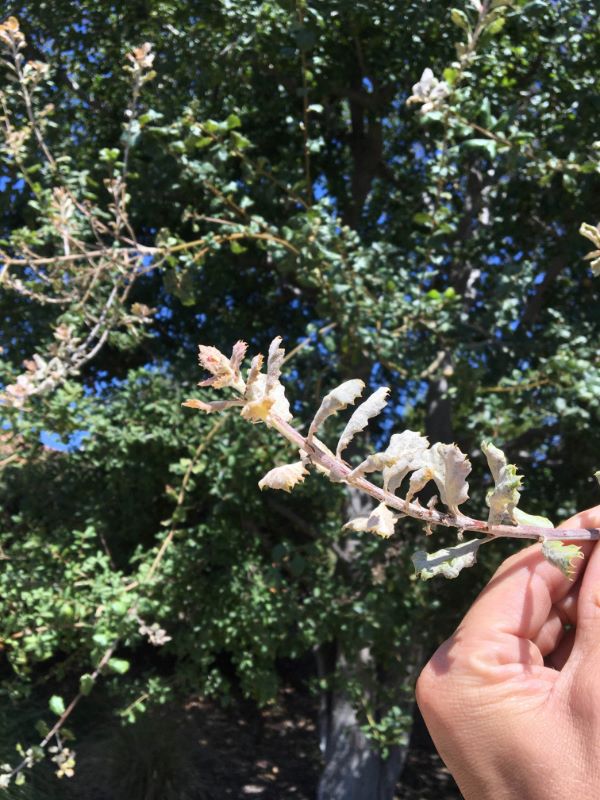
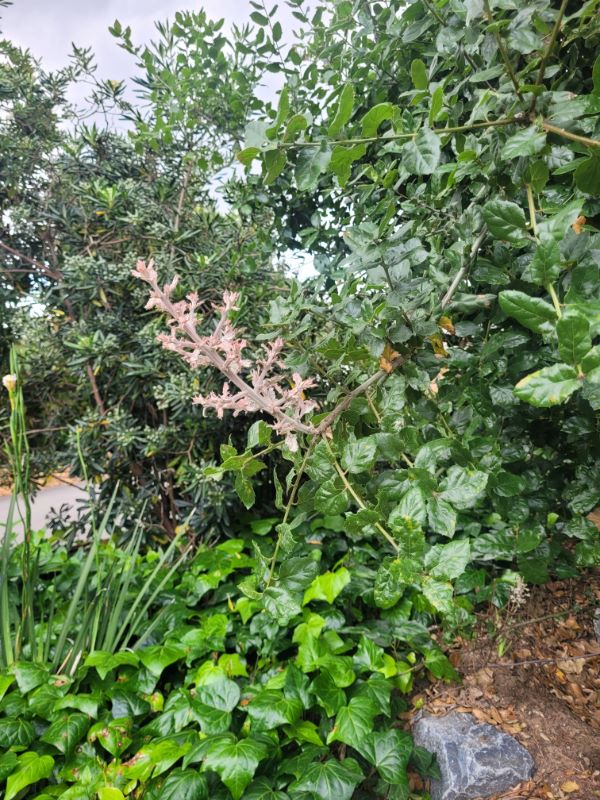
Management & Treatment
Management & Treatment
The best treatment for mildew is preventative fungicide applications.
Along with treatments, removing any infected fallen leaves and limbs will reduce overwintering spores, and help reduce re-infections to healthy new leaves.
If weather conditions favor mildew growth as new leaf tissues and flowers are growing/ opening additional applications will be required to obtain control at 21-30 day intervals.


